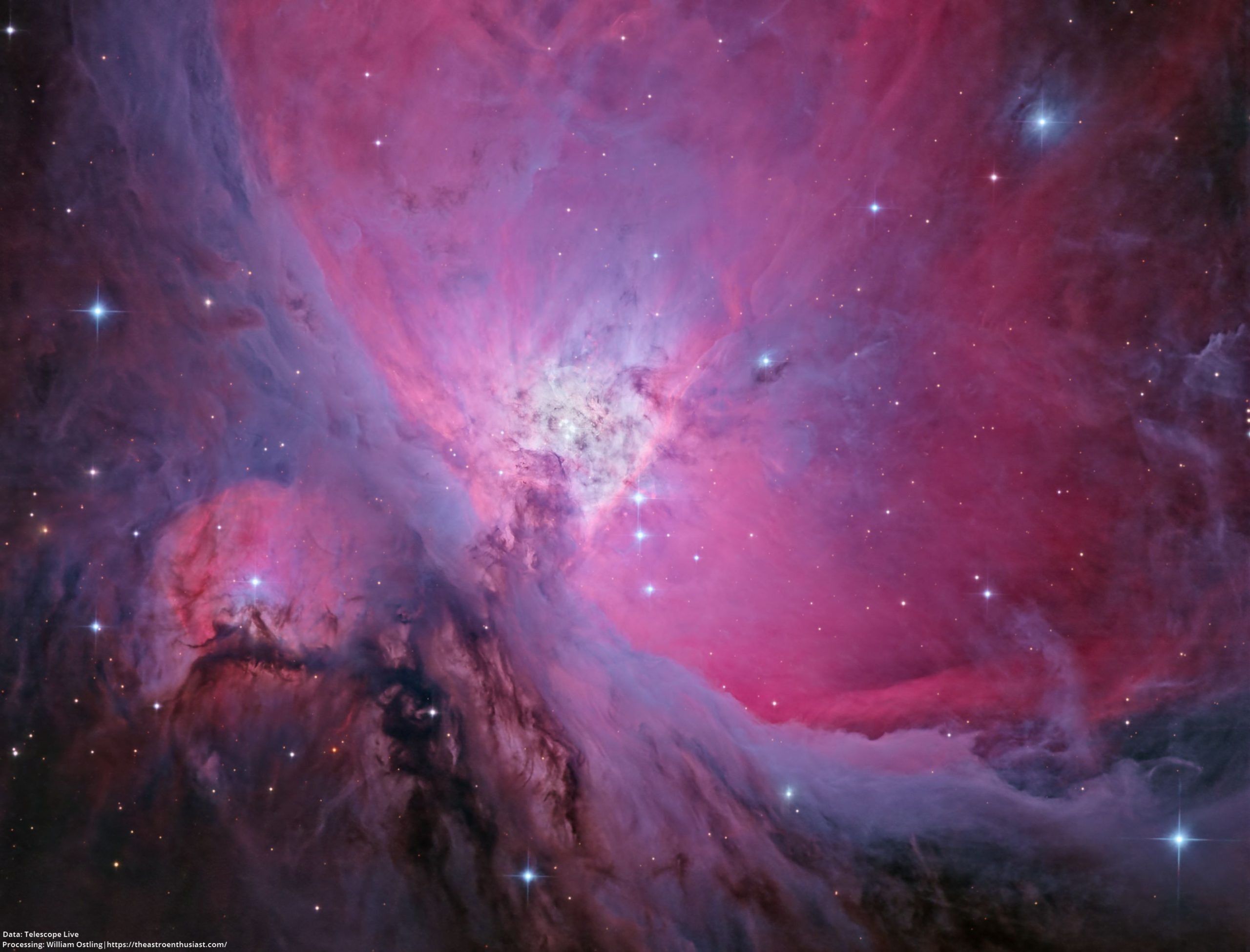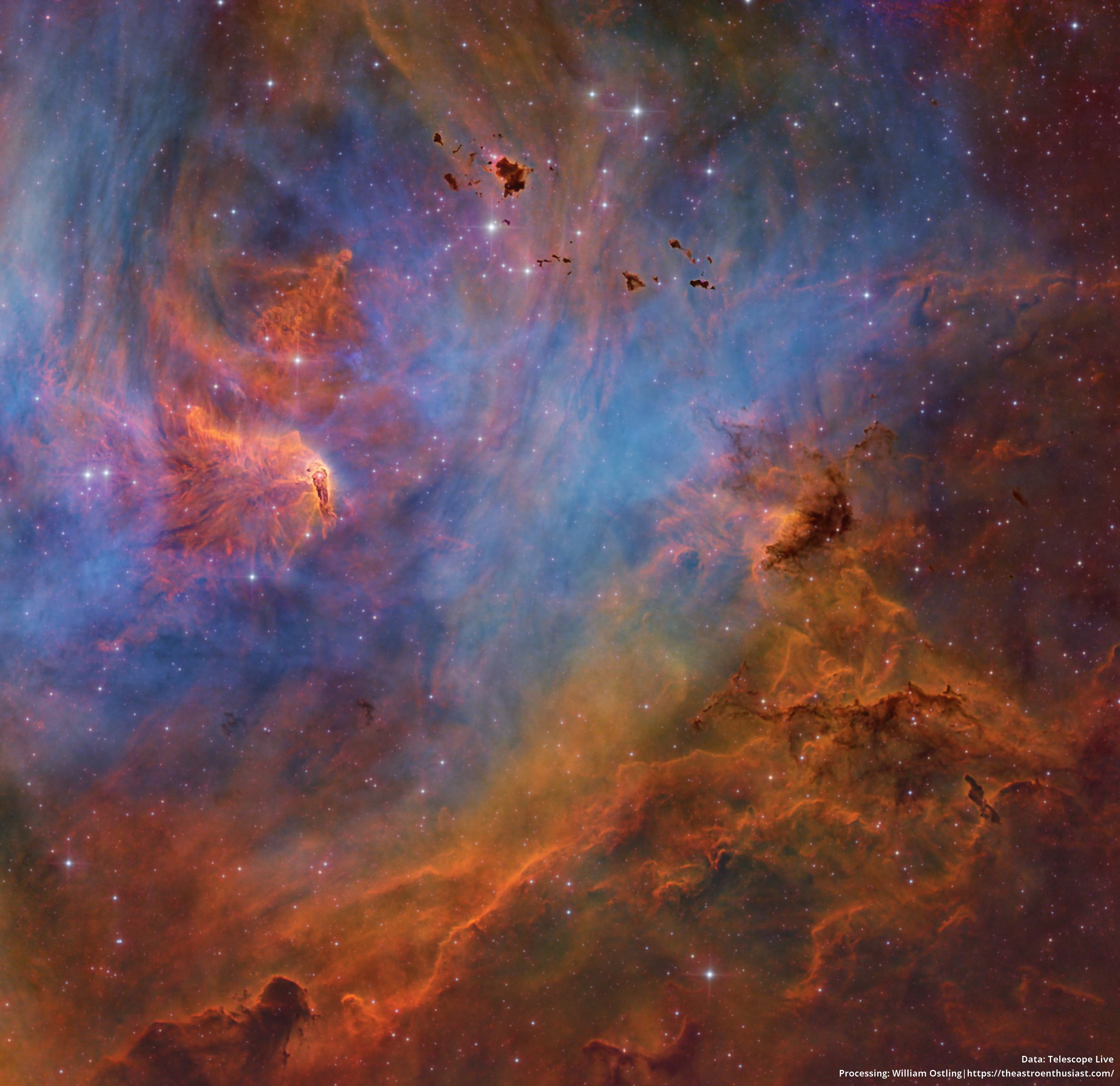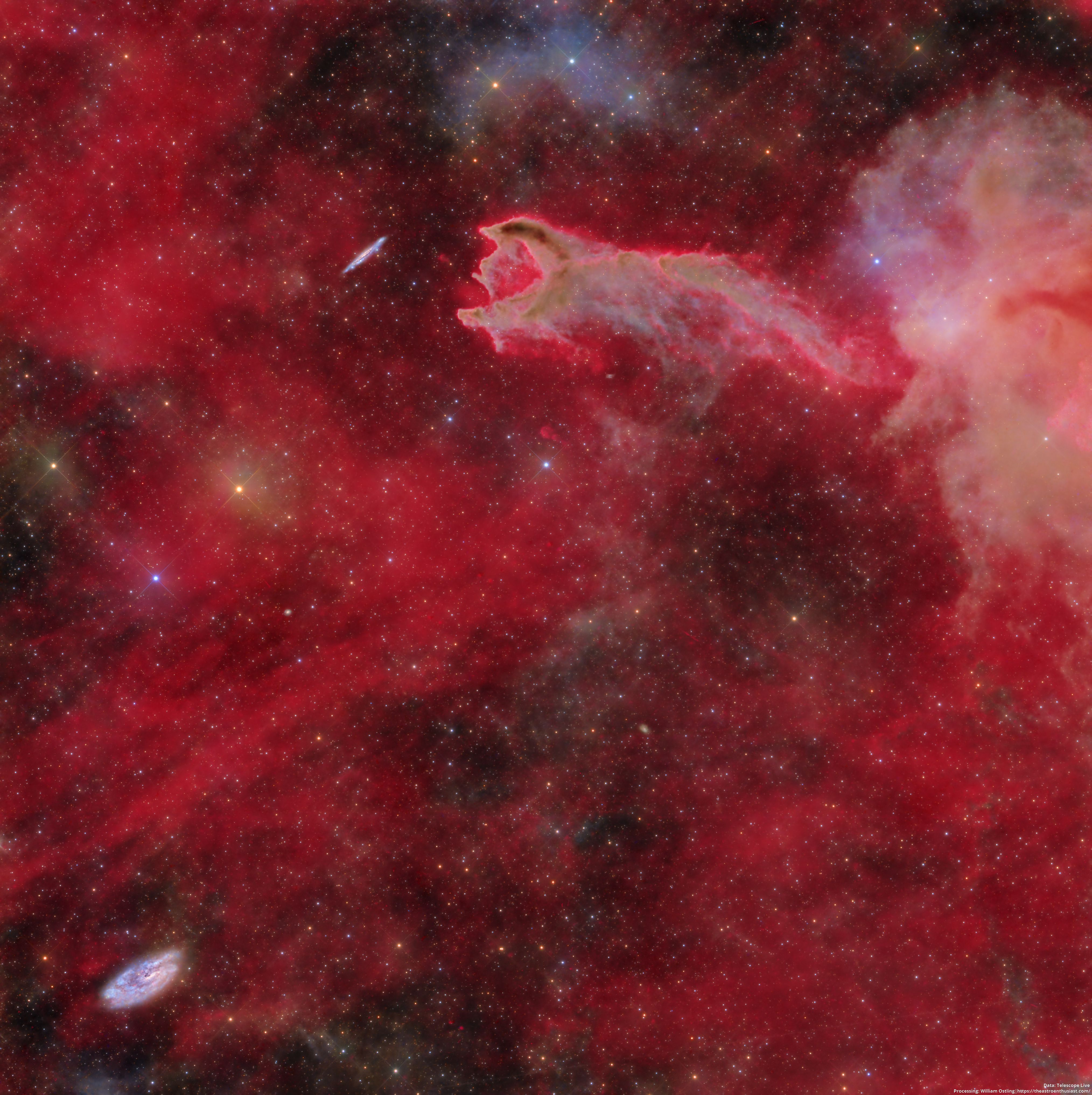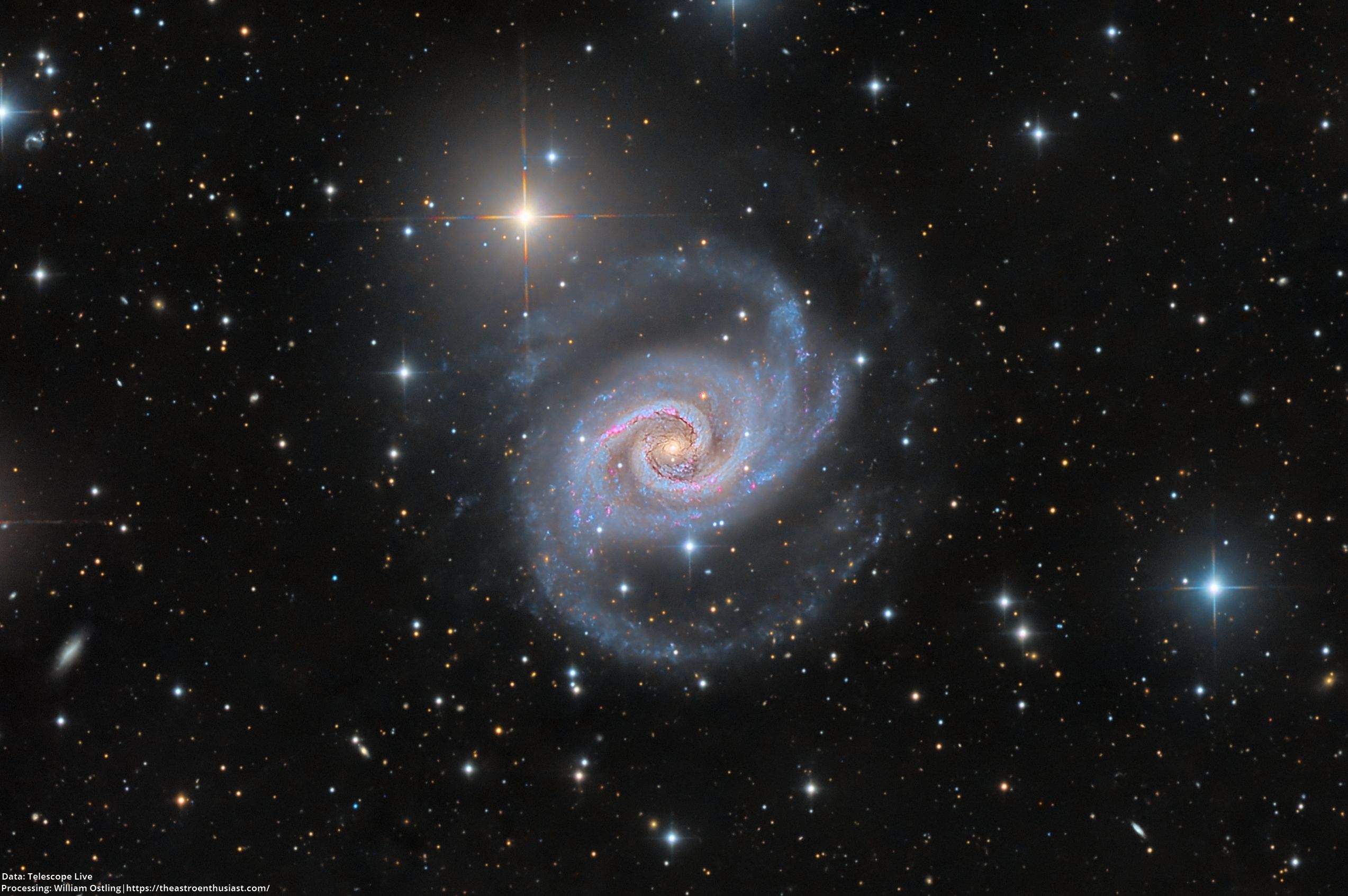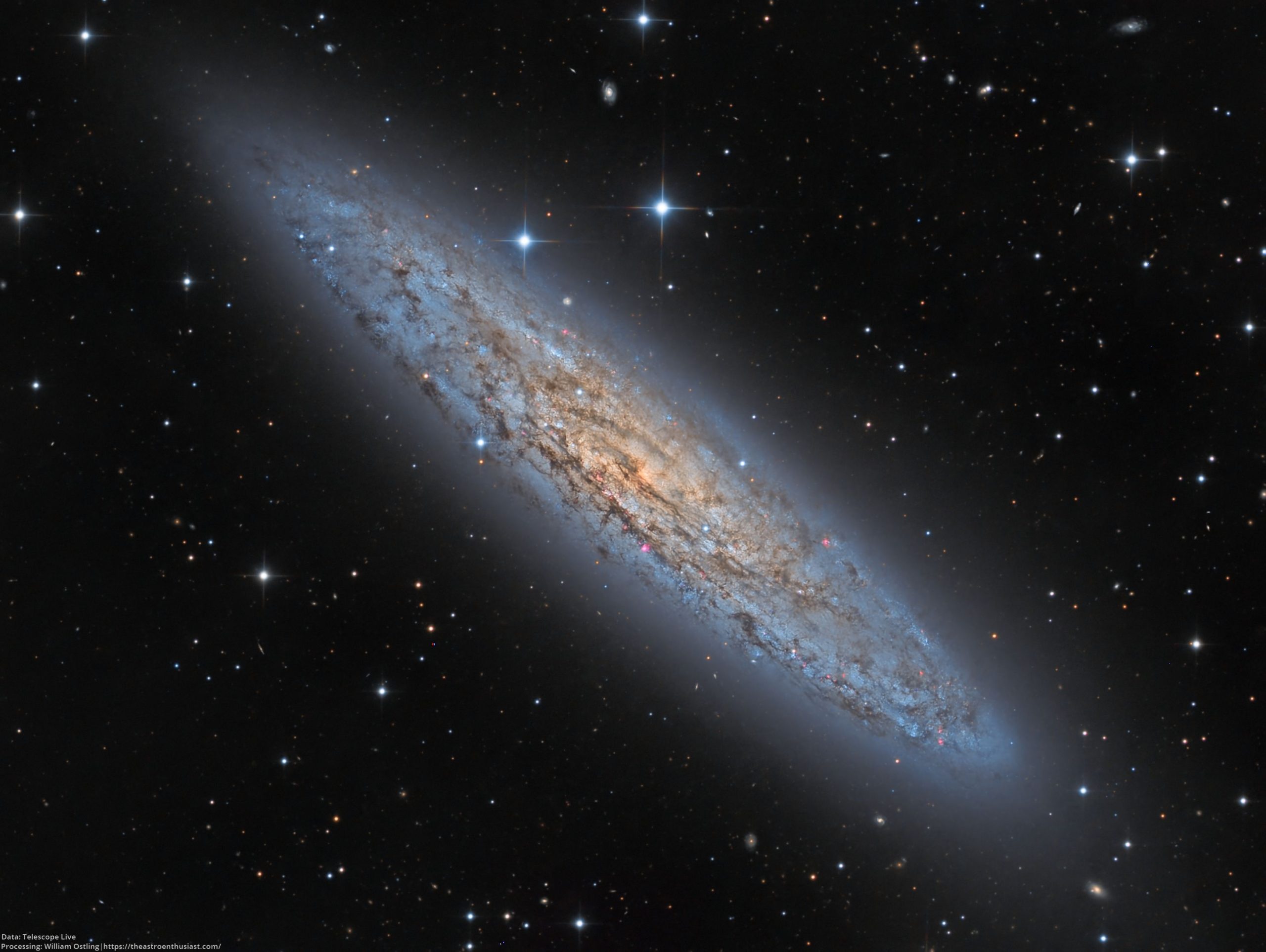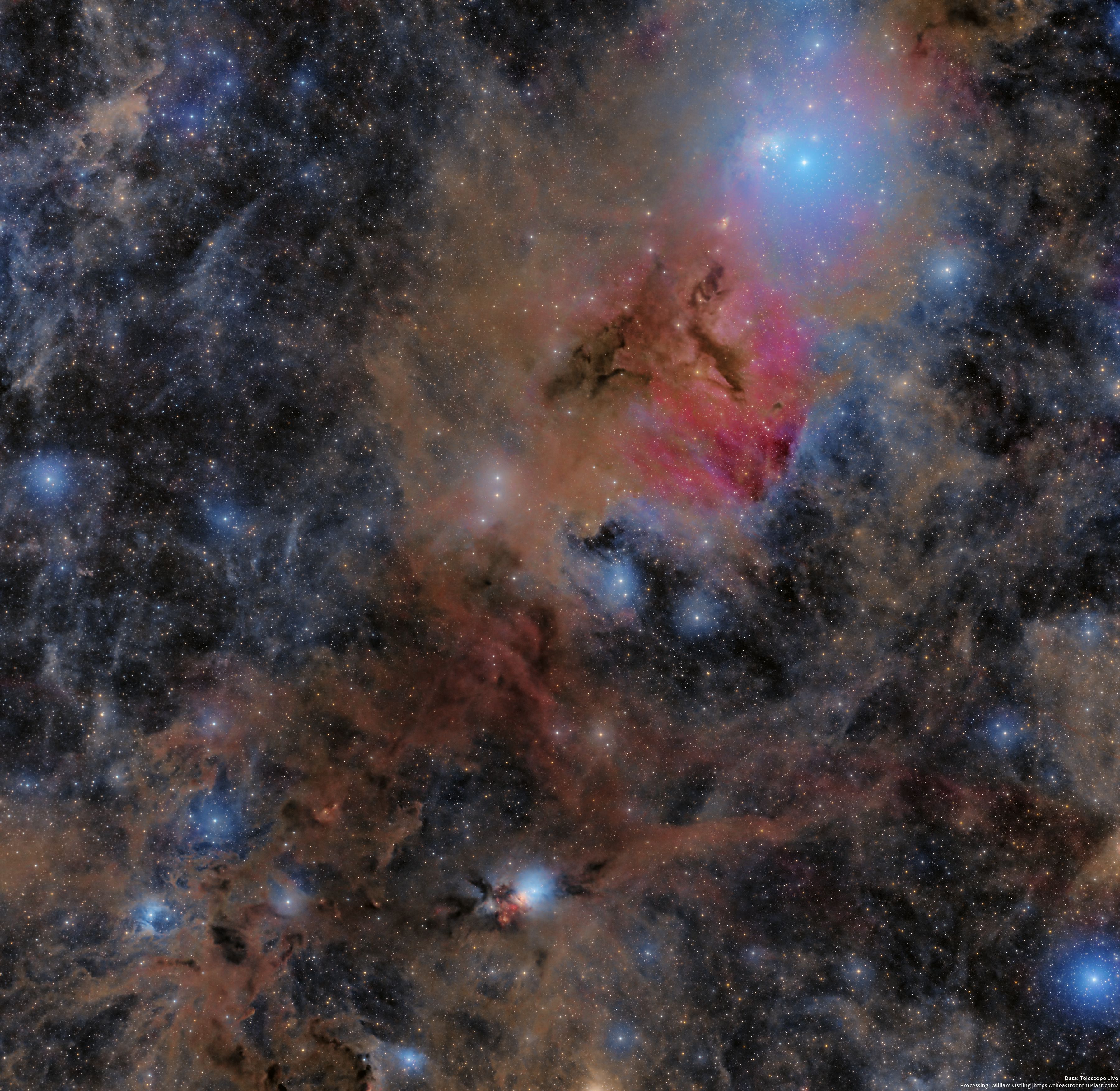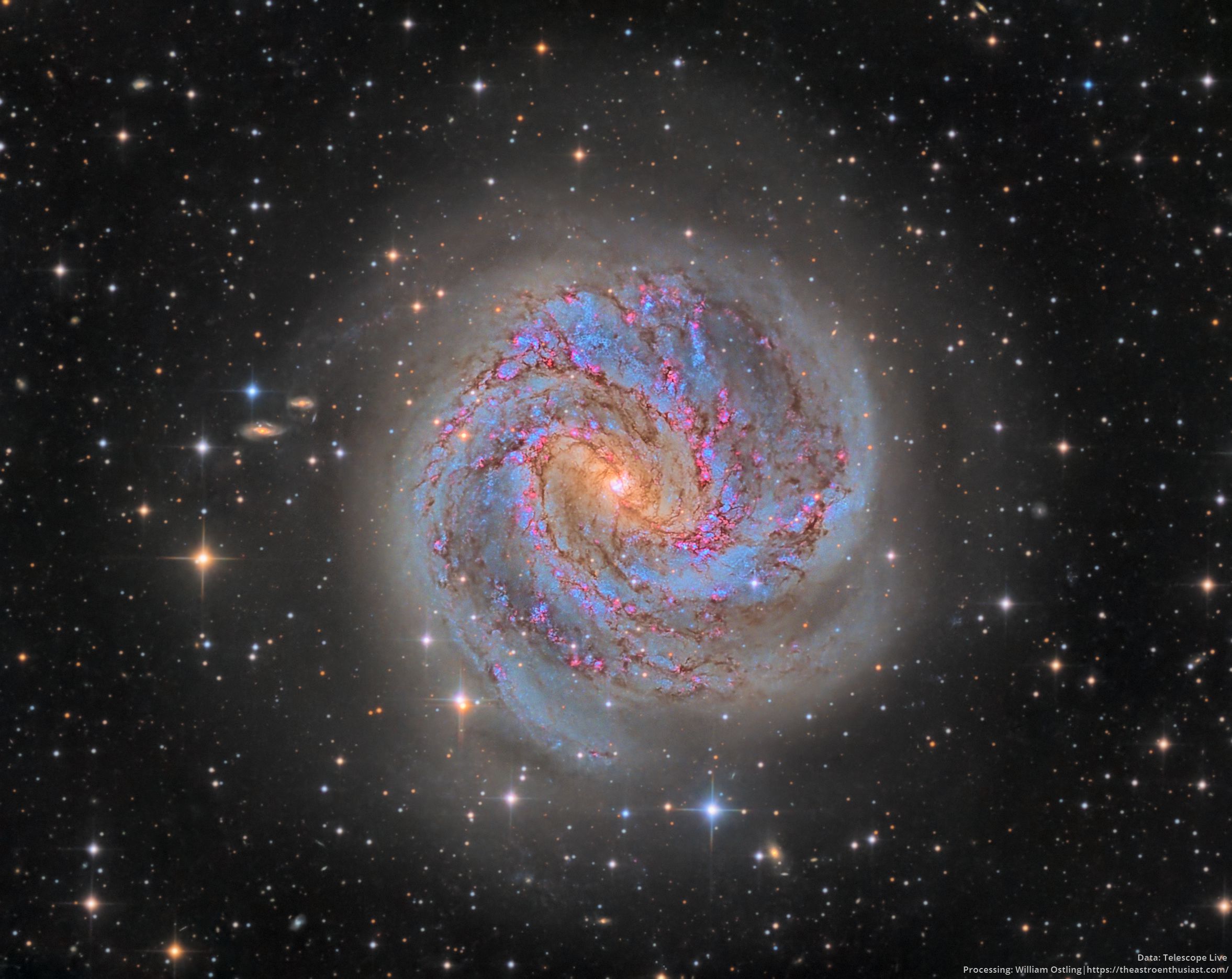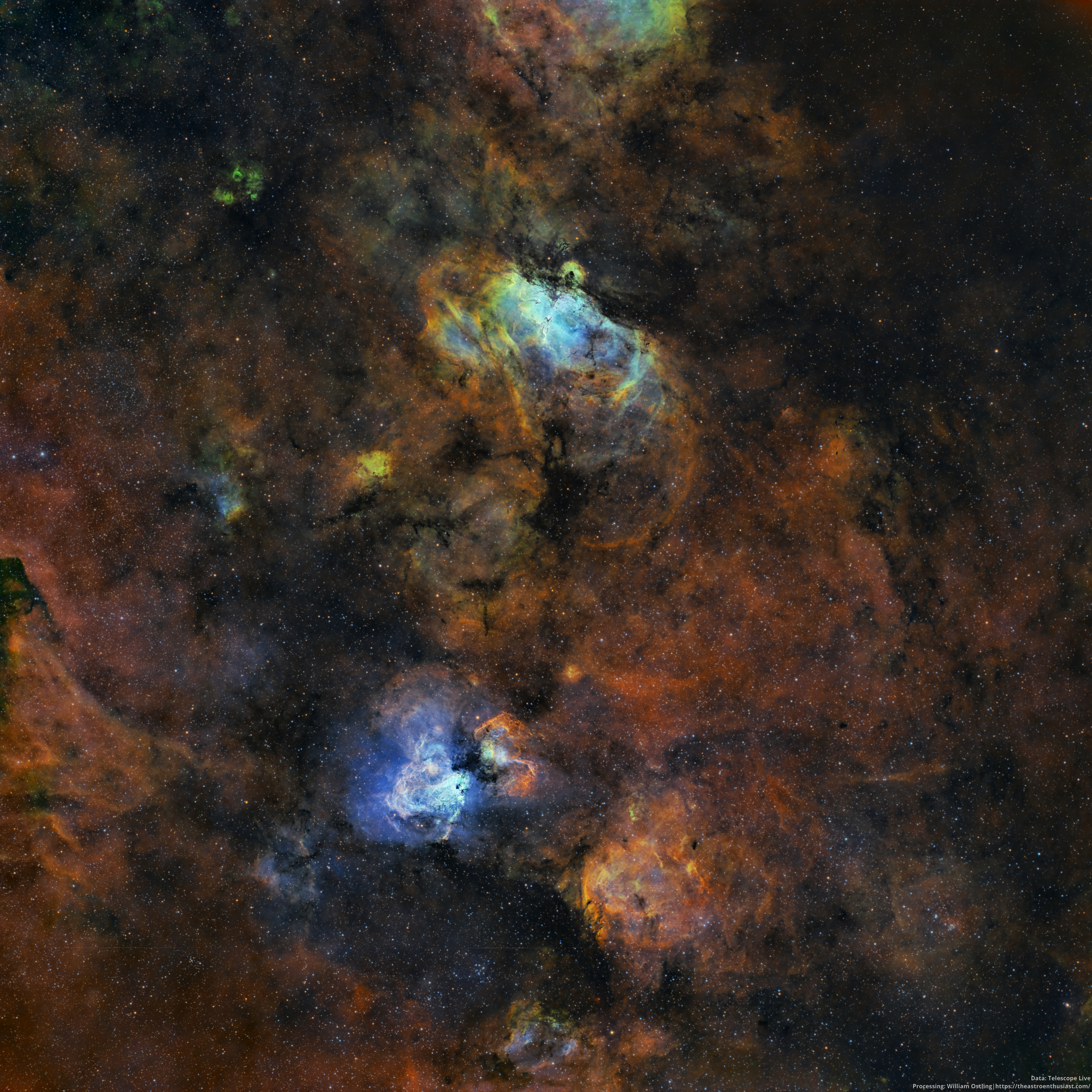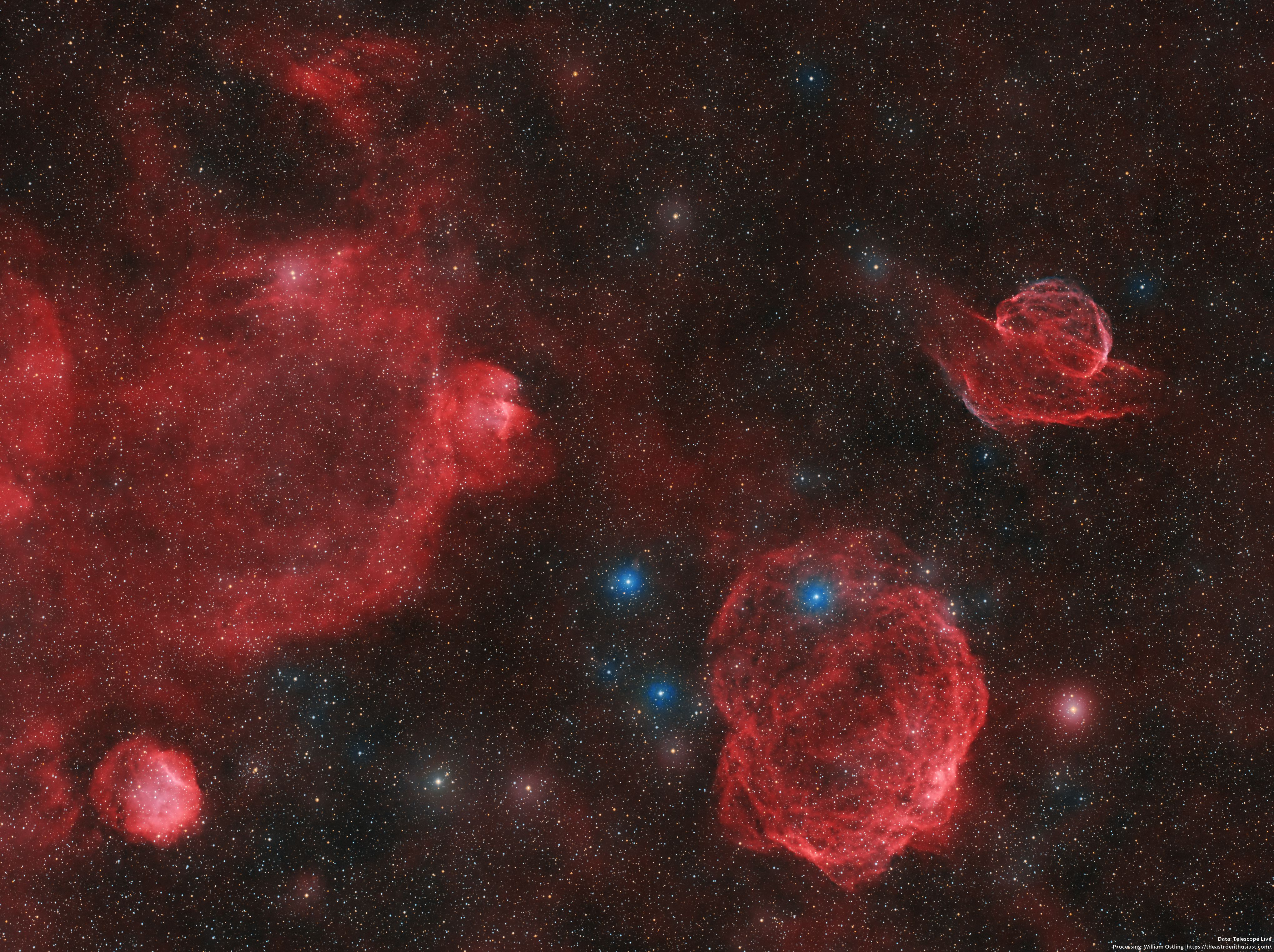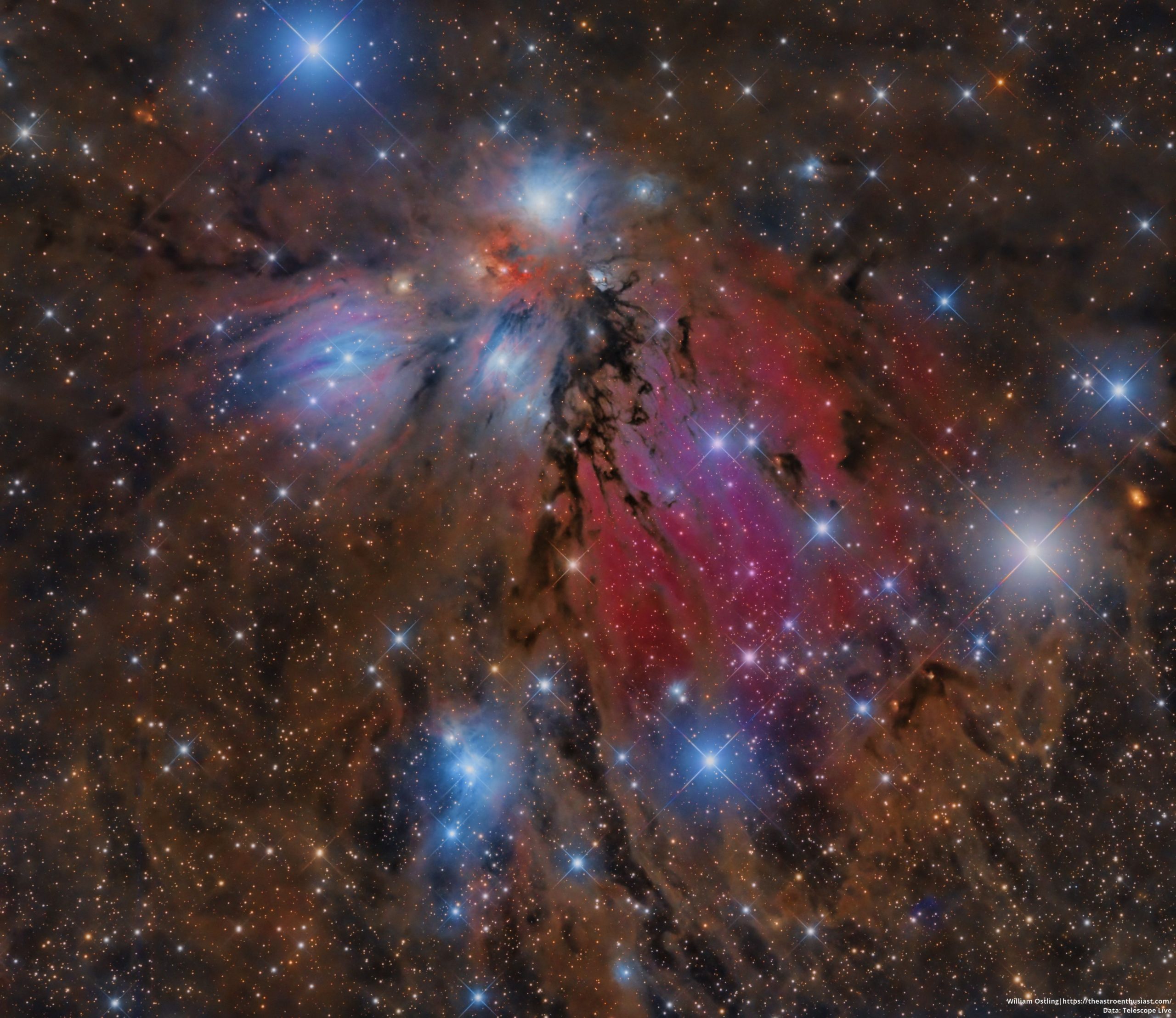Peering deep into the the core of M42
This is yet another image from telescope live. Although the total exposure time was a little over 45 minutes, the fact that Orion is so bright meant that the snr was still quite high. I’ve been iterating through versions of this image to figure out the best method of HDRing the core, and I feel like I’ve been settling on a pretty solid method using MMT. The detail in the core that I managed to pull out is really interesting to look at, so I highly recommend […]
Read more